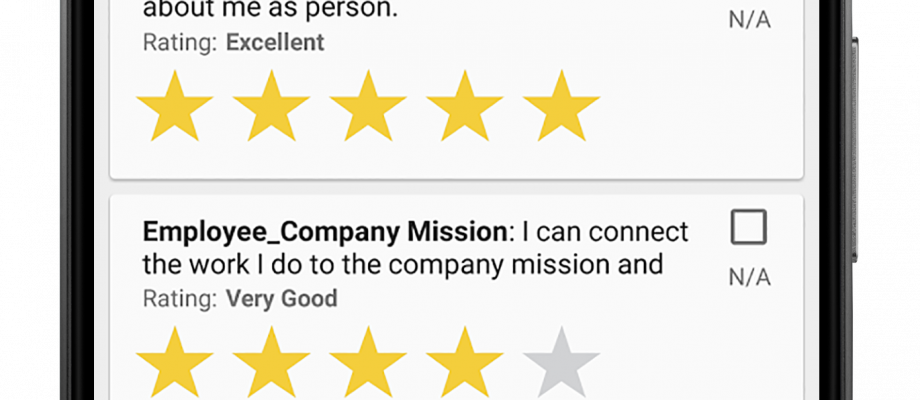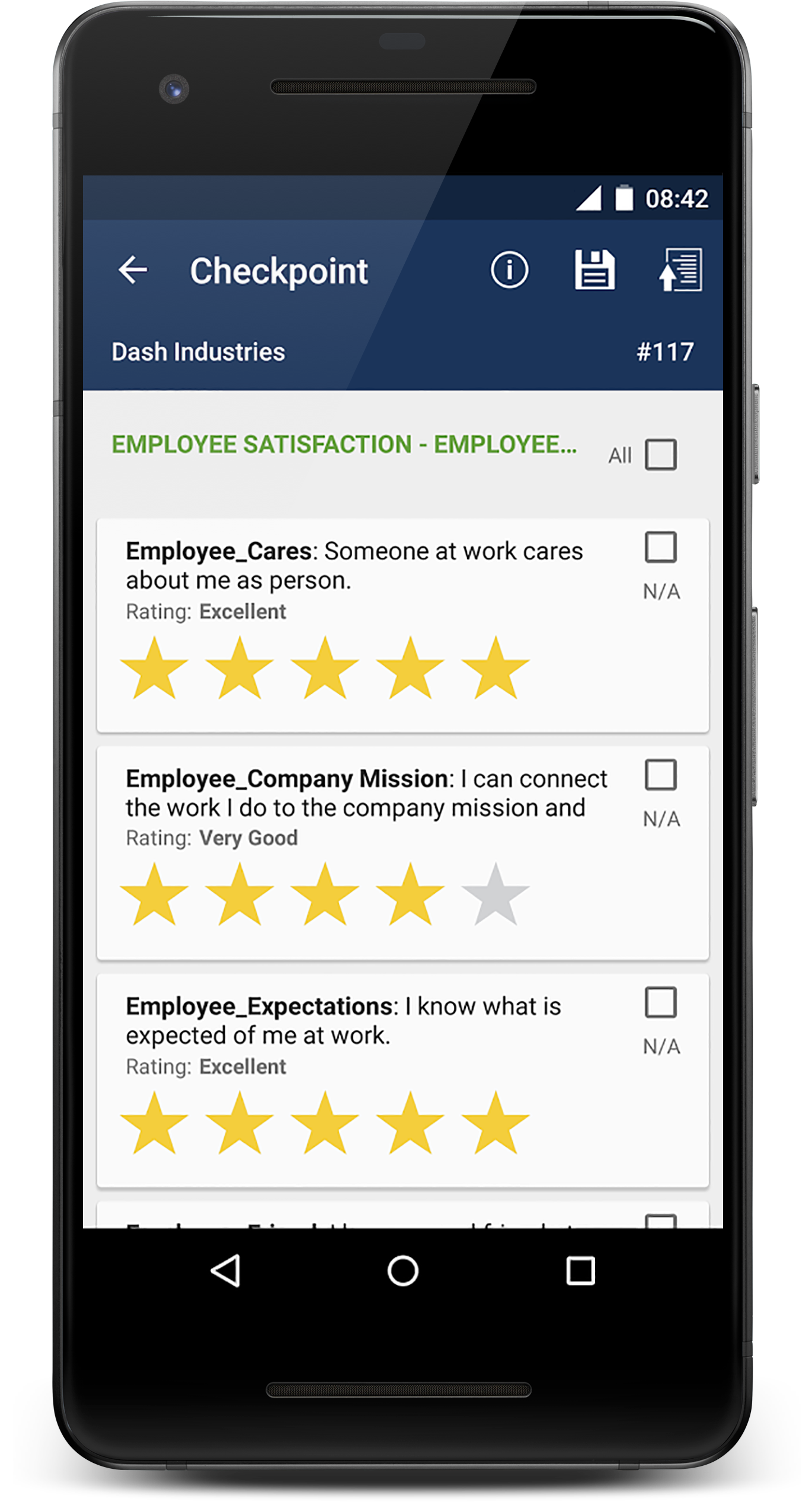A Fresh Look at Performance Appraisals
Shifting from annual reviews to real-time feedback
Over the last 10 years, businesses have been trying to shift away from the traditional annual performance review into more regular coaching and feedback without much success. Research shows that transforming this organizational process is difficult and many human resources (HR) professionals are struggling to provide the results organizations need to improve employee engagement, develop talent and manage turnover.
In conversations with my HR colleagues and friends, there are some organizations that think having an annual performance review is still effective and needed from a legal standpoint. For more than 25 years, we’ve used reviews to justify terminating someone or giving them a raise or bonus. In some cases, performance reviews do support these situations, but more and more research is proving they do not capture performance-related problems and are not a justification for our employment or compensation reward decisions. More notably, research from The Marcus Buckingham Company has proven that using a traditional review form and rating scale is not effective in measuring an employee’s actual performance because of the retrospective nature of this exercise. Called the “idiosyncratic” rater effect, the subjective rating scale tells us more about the manager doing the rating rather than the employee.
So, if research has uncovered these gaps in our performance models, why is it so hard to make the change? Why do we continue to spend time on a process that costs our organizations a lot of time and money, but isn’t providing us the value or the results we need? What can be done instead?
Take the Leap
If you’re stuck, but want to switch from doing an annual review, take a leap of faith and implement a real-time performance model with continuous coaching conversations throughout the year. And, this doesn’t have to be a formal process conducted only in the office. For building service and security contractors, field supervisors can have these types of conversations with distributed workforces on the job site as well. You can still document these conversations for legal purposes, but do it while you’re having the conversation, not just once a year in a formal review. There are plenty of systems and tools in the market to help support documenting your conversations in real-time. By implementing a real-time performance model, your managers and field supervisors become more efficient with their time spent providing feedback, recognizing outstanding performance and identifying areas for improvement. Additionally, implementing a real-time model helps increase communication that can improve your team engagement and change behaviors more closely tied to higher performance.
Make the Change
To shift towards a real-time performance system, I recommend you start by asking your leadership, “How are we communicating and measuring organizational performance today and is that effective in providing information we need to make decisions in the future? Then ask your employees, “If you were going to measure success for yourself, what would that look like?”.
Combine what’s important to you as an organization with what your individual employees need to be successful. The goal with a real-time model is to gauge if you’re leveraging your employees’ skills and natural talents or if they’re ready to do more. Here are some examples of key questions you can ask when determining the future of performance reviews in your organization and how to best coach employees:
- Is this employee someone that positively contributes to my organization, team and culture today and in the future?
- Did this employee make an impact to our results or do they pose any risks to my organization or team?
- Where do I see this individual in the future? Are they ready to take on new projects, learn some new skills, move into a new position or lead a team?
The responses you get from these questions help create a new framework for real-time performance management and give you the information needed for future decisions. Additionally, the simplified and real-time performance model works to engage employees through individualized real-time feedback, reward employees when great things are happening or correct areas that need improvement. By getting to the heart of what matters to managers and employees, you can drive future results rather than focus on what has happened in the past.
Lastly, when it comes to performance management, there is no software or tool out there that will help make doing performance reviews a breeze. However, you can find a solution that can help you capture dialogue and real-time conversations to make it a smoother process. In fact, we’ve heard from several clients who use our Quality Assurance solution to gauge employee satisfaction and engagement through surveys and to track and monitor ongoing development by using the tool for on-the-job training purposes as well.
If you need help developing a model to measure performance for your organization or to transform what you are doing today, then let TEAM help you. TEAM Pro Services goes beyond traditional training and on-going support to help you find a solution, customized to your business and needs.
Additional Resources:
Harvard Business Review: The Performance Management Revolution
Harvard Business Review: Reinventing Performance Management
McKinsey&Company: Ahead of the Curve: The Future of Performance Management

